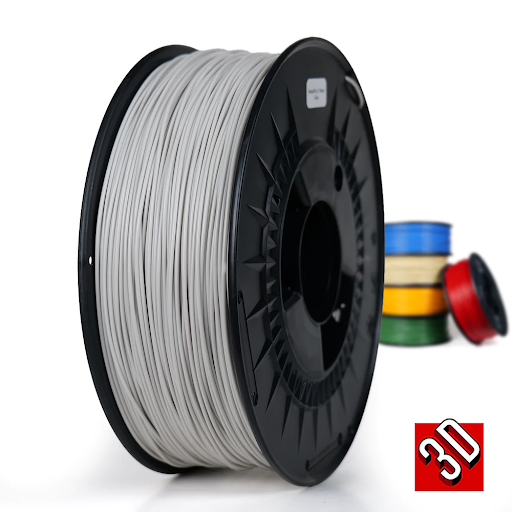In the ever-evolving landscape of technology and innovation, filaments have emerged as luminous threads weaving their way into various industries. These slender strands of material, once confined to the realm of light bulbs, have transcended their traditional boundaries. Today, we embark on a journey to explore the fascinating future of filament applications, delving into the diverse sectors where these glowing wonders are making a profound impact.
Filaments, often associated with the soft glow of vintage bulbs, have undergone a remarkable transformation. No longer limited to the realm of lighting, these slender strands are carving out new paths across industries, promising brighter horizons and innovative solutions.
The Evolution of Filaments Beyond Lighting
Traditionally, filaments were synonymous with incandescent bulbs, casting a warm and inviting glow. However, advancements in materials science and engineering have propelled filaments into new realms. One of the most promising frontiers is in 3D printing, where filament materials are utilized layer by layer to construct intricate objects. From prototyping to crafting bespoke designs, 3D printing with filaments is reshaping manufacturing possibilities.
In the realm of electronics, filaments are becoming integral components in flexible and wearable technologies. The flexibility and conductivity of certain filament materials enable the creation of lightweight, bendable circuits, paving the way for innovations like flexible screens and wearable electronic devices. This transformative potential extends beyond aesthetics, influencing the very structure and functionality of electronic devices.
Filaments in Healthcare: A Radiant Revolution
The healthcare industry is experiencing a radiant revolution, thanks to filaments. Bio-compatible filaments are being employed in the production of medical implants and prosthetics, offering a customizable and patient-specific approach. These filaments, designed to seamlessly integrate with the human body, mark a departure from traditional materials, ushering in an era of enhanced comfort and efficiency in healthcare solutions.
Moreover, in regenerative medicine, filament-based 3D printing is facilitating the creation of intricate scaffolds that mimic the natural environment for cell growth. This innovation holds promise for tissue engineering and organ transplantation, pushing the boundaries of what is medically achievable.
Filaments in Aerospace: Crafting Lighter Skies
In the aerospace industry, the demand for lightweight yet robust materials is insatiable. Filaments are stepping into this void, offering a compelling solution. Advanced filament composites, characterized by their strength-to-weight ratio, are being used to construct components for aircraft and spacecraft. This not only reduces the overall weight of vehicles but also enhances fuel efficiency and performance.
Amidst the diverse applications of filaments, one cannot overlook their role in the field of aerospace, where their lightweight yet durable nature is crafting lighter skies for the future.
The Intricate Dance of Filaments and Aluminum Extrusion
In the midst of these groundbreaking applications, the synergy between filaments and aluminum extrusion is an intriguing development. Aluminum extrusion, a process of shaping aluminum alloys into desired profiles, finds a partner in filaments for creating lightweight yet sturdy structures. This collaboration is particularly prominent in the design and manufacturing of components for aerospace and automotive industries, where the combination of filaments and aluminum extrusion results in structures that are both durable and efficient.
The intricate dance between filaments and aluminum extrusion is redefining structural possibilities, especially in industries where lightweight yet robust components are paramount.
The Future Unveiled: A Glimpse into Tomorrow
As we peer into the future, the trajectory of filament applications appears boundless. From enhancing energy efficiency in construction with filament-infused materials to contributing to sustainable practices through biodegradable filaments, the potential applications continue to expand. The versatility of filaments, once confined to a singular purpose, is now a catalyst for innovation across various domains.
Conclusion
The filaments that once illuminated our nights are now illuminating the path towards a future defined by versatility, sustainability, and efficiency. As we navigate this luminous journey, the intricate dance of filaments and aluminum extrusion stands out as a testament to the collaborative spirit driving progress. The future of filaments is indeed brighter, casting its radiant glow across industries and shaping a tomorrow that is both fascinating and filled with possibilities.

